Conditioner for coloured hair is the basis in hair care after colouring

It is not common knowledge that conditioner for coloured hair plays a very important role any many of us reach for our favourite or just classic regenerating and moisturizing conditioner instead. Yes, they can be beneficial and give good results making hair soft and smooth but dyed hair needs something more, that will strengthen the pigmentation after colouration and will help to maintain vivid, full of shine shade for a long time.

Conditioner for coloured hair – table of Contents:
- Why is it worth choosing a conditioner for coloured hair?
- What are the main tasks and functions of a colour-treated hair conditioner?
- How to choose the best conditioner for coloured hair?
- Helpful rules for caring for coloured hair to keep the colour for longer
- The best ingredients in conditioners for coloured hair
- Avoid these ingredients in conditioners for coloured hair
- The importance of pH in cosmetics: shampoos and conditioners for coloured hair
- Conditioner for coloured hair. What is the influence of the pH level on their condition?
- How to restore balance to your hair? So the right pH for colour retention?
Why is it worth choosing a conditioner for coloured hair?
I think each one of us has had such a situation. When suddenly, after washing your hair, you noticed a change in the colour of your hair and there is no sign of beautiful shade that you have had after leaving a hairdresser. It’s not the fault of the professional or bad colouring or the quality of the hair dye as it might seem.
The real reason lies in bad home care and wrong cosmetics for which we reach just because we got used to them. They are indeed good at cleansing and nourishing hair but they might be a bit too strong for freshly coloured hair which requires special care and cosmetics. That is why if you want to protect your hair 100% from washing out of the pigment and to prolong the effects of hair colouring and intensify the colour – you have to use the conditioner for coloured hair.
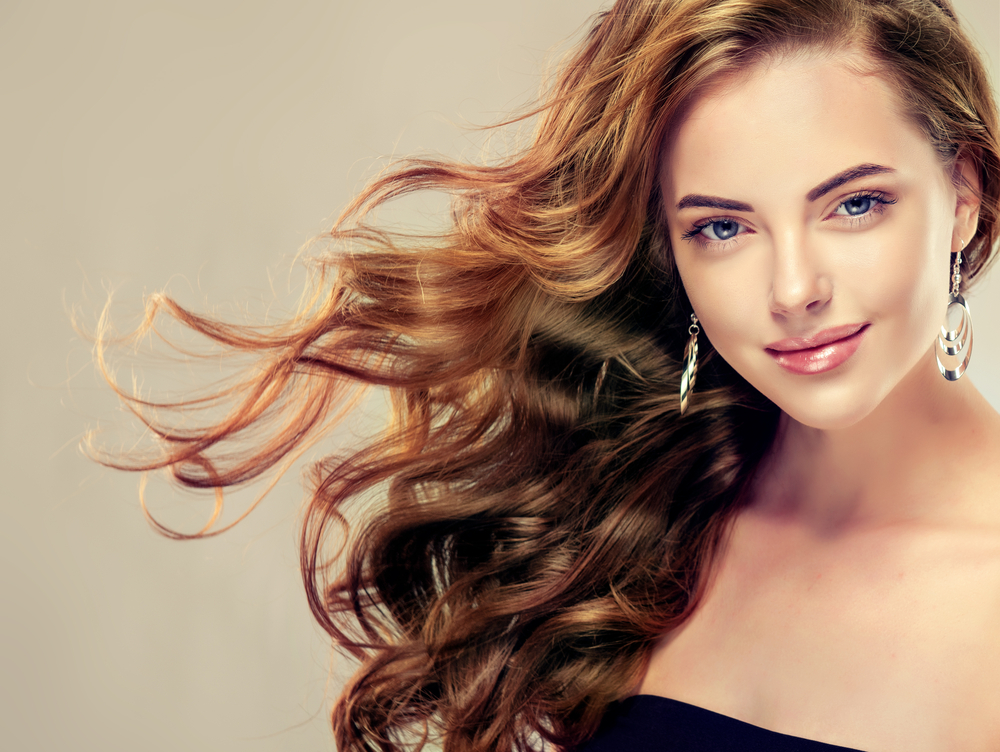
What are the main tasks and functions of a conditioner for coloured hair?
-
Protection against washing out of the colour
Ingredients of the conditioner efficiently protect the hair cuticle (its outer layer) so that during the next washing with shampoo it will not be destructive and dry out your hair. This will result in the maintenance of the hair colour.
-
Prevents hair becoming matt and fading of the colour
It tightly closes hair cuticles because when they are open harmful factors have an easy entry to the inside (core layer – responsible for the colour). Such uneven hair Surface is particularly prone to losing pigment due to heat, high temperature of straightener, sun rays, wind, bath in the salty or chlorinated water, impurities or rubbing with a towel.

-
Makes colour richer (pigments)
Depending on the shade of hair (blond or dark), conditioners have in their composition additional pigments enriching hair shade. For blondes these are blue or violet cosmetics, that have a cold tone or chamomile which supports saturated, warm, golden reflections (chamomile can lighten the hair). That is why it is recommended for lighter shades. On the other hand for brunettes, herbal extracts are recommended such as henna or chestnut extract that enrich the colour and add deeper tones.
-
Strengthening and regeneration
Protection of the colour is not everything. Revitalization and bringing back good hair conditions are important as well because hair colouring treatment is not indifferent to our hair and always leaves some kind of damage.

-
Help to maintain the proper pH of hair
Hair likes the acidic environment and the very basic conditioner could cause a lot of damage (loss of shine, smoothness and colour).
-
Moisturizes
Overdried hair lose the moisture very quickly, and as a result, the colour is not so saturated.

-
Makes it shiny
Thanks to this hair become shinier and the effect of colouring is multiplied.
-
Control of the ends
Bad condition of hair ends can spoil the final result of the hairstyle. That is why it is really important to keep the hair ends in a good shape. Conditioner should first of all smooth and protect, to prevent breaking and splitting of the weakened hair strands after colouring or bleaching.
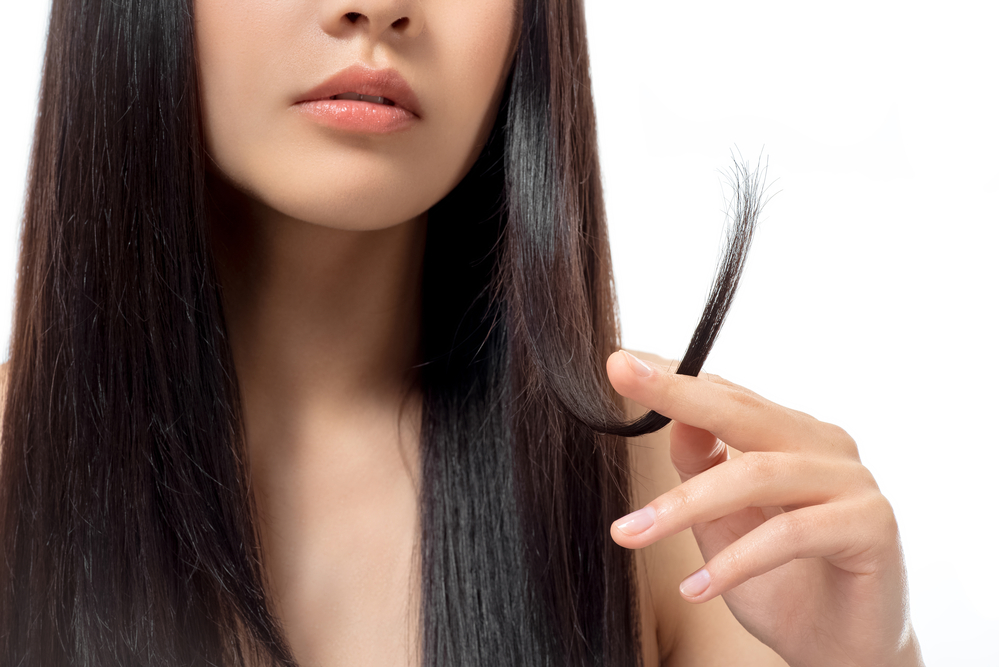
-
Helps to detangle and style hair
Additionally, its ingredients should smooth and nourish hair.
How to choose the best conditioner for coloured hair?
First of all, we have to ask ourselves what effects do we want to achieve. There is no ideal cosmetic that will be suitable for all of us. Many conditioners for coloured hair besides strengthening and maintaining colour can also tone it and give them a multi-dimensional glow. So it can create reflections cold, silver or grey for Platinum shades and warm, bright, sunny for blondes, copper for red hair, deep and saturated for brunettes or frosty reflections for black hair. So when you are going to buy a conditioner you should consider what results would you like to achieve to prevent further disappointments.
Another really important matter is maximal regeneration after colouring or lightening and maintaining a good level of hydration, which will help to maintain its good condition and make hair styling easier. We cannot forget about the protection of hair structure, which will prevent the opening of hair cuticles and fading out of colour. The best choice will be conditioners having acidic pH, so close to natural hair pH. Such conditioners will efficiently smooth the hair Surface, making it beautiful, shiny and will protect it against harmful factors. In the end, we would like to highlight, that good composition, containing natural plant extracts and high-quality concentrated oils is very important. Conditioner for coloured hair should not contain synthetic substances, because detergents such as SLS are responsible for washing out of the colour.

Helpful rules for caring for coloured hair to keep the colour for longer
-
Use gentle shampoos
Cleansing of the scalp is important but if you want to maintain saturated colour for a longer time you should bet on gentle shampoos that do not contain sulphates. You should also forget about strong anti-dandruff shampoos. The best choice will be a shampoo that has a pH of 5,5 which is skin-friendly, so a bit acidic or just trust the cosmetics manufacturer and pick the products dedicated to coloured hair.
2. Use conditioner for coloured hair
It may seem that creating different series of hair care products is just a marketing trick but it is not. Special conditioners protect the hair against washing out of the colour and intensively strengthen and nourish the hair to maintain its good condition and through that also its colour.
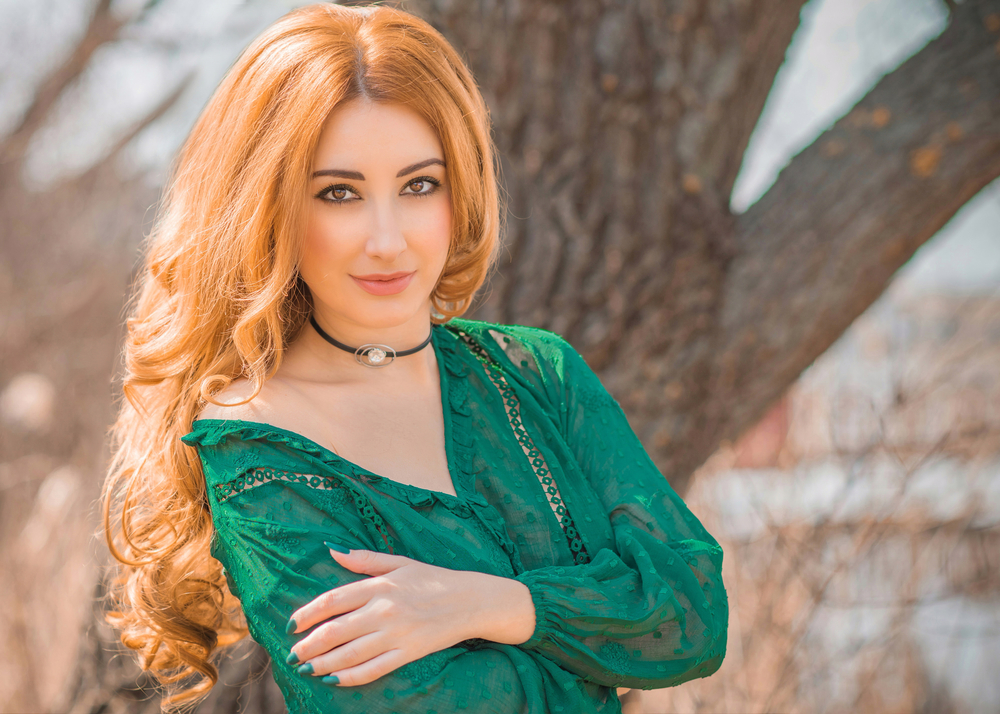
3. Apply the conditioner to hair dried with a towel
A lot of people wash their hair in a rush and a second after rinsing the shampoo they apply the conditioner onto the water dripping strands- this is a basic mistake (unfortunately very common). This way precious substances are running off with water instead of acting and penetrating the hair structure. That is why you should remember to dry your hair gently with a towel.
4. Remember not to put the conditioner directly to the scalp
You should always leave a few centimetres gap so you will not clog the pores on the scalp. There is no way that you will be able to rinse off synthetic substances of the cosmetic with the water. They will lead to overburdening your hairstyle or even worse – they will cause some kind of skin diseases such as dandruff, oily hair, allergies, inflammation, irritation, itching or even hair loss.
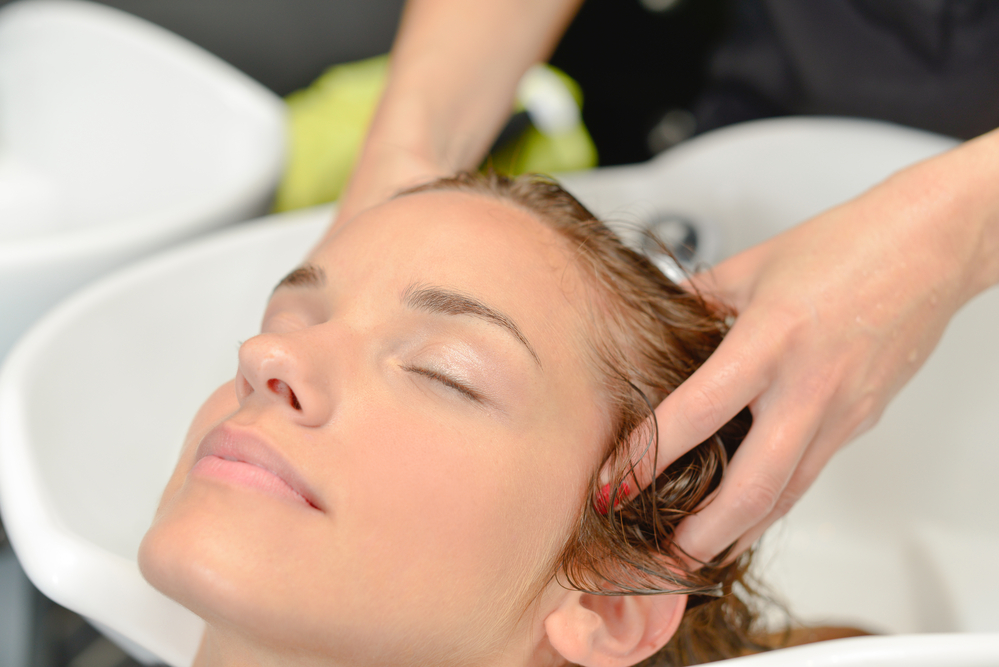
5. For the last rinse use lukewarm or cold water
It will help to close the hair cuticles which will smooth the hair structure and prevent hair stem from pigment loss.
6. Do not rub, tear or pull your hair
It is a very important element of care. Though there is no time to think when you are in the rush, such an impatient hair treatment is the cause of micro-scratches and defects in the delicate outer structure of the hair. Through these invisible defects, water can escape and it will result in deeper damage. Such scratched hair is not reflecting the light well, making your hairstyle less shiny, rough and dull.

7. Replace the old comb and hairbrush
Using the damaged equipment can bring more negative effects than you can imagine. A broken, crooked tooth in a com bor brush will make irreversible scratches on your hair. It is worth going through your beauty bag and getting rid of damaged accessories.
8. Protect the ends
Use a concentrated serum to protect your hair against harmful factors, moisture loss, and breaking or splitting. In all of the hair structures, the ends are the most damaged part due to the multiple sessions of hair colouring and are especially prone to damage.
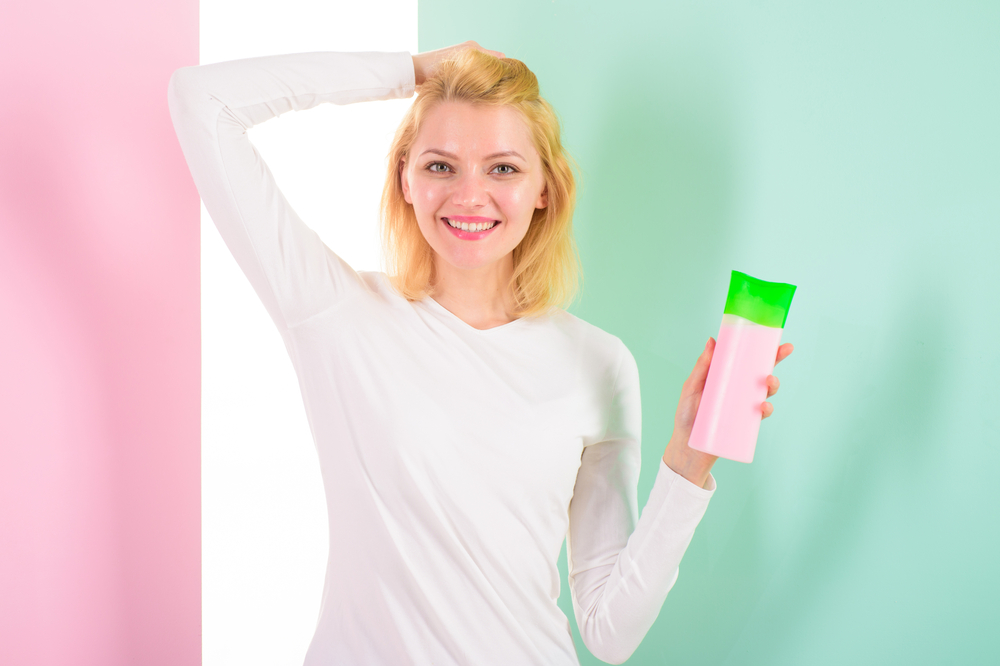
9. Avoid high temperature: straightener, curling iron or blow-dryer
Or to try, at least for some time after colouring, to minimize their use till your hair is regenerated and strong. Hair after colouring treatment is weakened, and its protective shield is sensitive to changes. High temperature has a very bad influence on the hair cuticle which opens and this leads to fading and dulling of the colour.
10. Avoid pool visits and chlorinated water
It has a basic pH that opens the cuticles and leads to washing out of the pigment.

11. Protect from the sun
It not only dries the hair but also makes the hair dull and leads to loss of colour. Conditioners for coloured hair can have in their composition natural antioxidative substances and vitamin E which strengthens the protective layer, They are also enriched in UV filters. You should also try protective spray conditioners.
12. Healthy diet, supplementation and active lifestyle
These are also important aspects in hair care. They can provide nutrients from the inside and oxygenate hair bulbs making them strong and accelerating their natural growth.

The best ingredients in conditioner for coloured hair
A good conditioner for coloured hair should not only strengthen and protect hair strands but also intensify the colour of dyed hair giving it attractive, vivid, multi-dimensional reflections. That is why you should pay attention to these components:
-
Emollients so rich plant oils and kinds of butter
Their presence in conditioners is a must and in the case of coloured hair, they are especially important. They are protecting and strengthening the outer layer of the hair, influencing the durability of the colour. Additionally, plant extracts and oils are naturally rich in vitamins, minerals, amino acids, lipids, fatty acids and anti-oxidants. They positively influence the whole hair structure nourishing and moisturizing, giving it elasticity, softness and shine. Excellent components are argan oil, coconut oil, macadamia oil, linseed oil, grape seed oil, almond oil, avocado, kerarice (rice extract) and shea, jojoba or mango butter.

-
Moisturizing substances, humectants: honey, aloe, glycerin, panthenol
Hydration and maintaining moisture are important elements in care. Without it, hair would be unpleasant to touch, dry and dull. So to keep a healthy, shiny look, the presence of these beneficial, hydrating substances is necessary for cosmetics.
-
Proteins: keratin, silk, elastin, collagen, milk proteins, vegetable proteins from wheat, flax
As a result of colouring or lightening the hair, the structure is weakened and after such treatment with the use of strong chemical substances, hair is especially sensitive. That is why a good choice is the proteins. The hair structure is made out of protein in 90%. Protein cosmetics perfectly fill the damaged parts of the hair, restoring good condition (smooth it, make it silky, elastic and vital).
However, you should not overdo it and use them non-stop. It is worth reaching for them every 3-4 washes, using different cosmetics in the meantime, for example containing protecting and strengthening emollients or moisturizing humectants (so taking care of PEH balance). Otherwise, the hair will be overloaded with protein because hair can absorb protein like keratin till the excess is manifested as frizz.

Avoid these ingredients in conditioner for coloured hair
Good, or the best conditioner for coloured hair should not contain artificial, synthetic substances just because they can negatively affect the durability of the colour. For example, SLS, which is simply a harsh detergent, perfectly cleanses (too perfectly) hair from all the remains. SLS leaves hair without a natural protective barrier, making them susceptible to quick moisture loss, thus making hair dull and colour loses its saturation. Other arguments that should make you resign from buying products containing such substances are allergies, irritations of the skin, scalp diseases and hair loss that are a result of bad hair care.
To sum to maintain a good condition of hair after colouring you should avoid these components:
- Alcohol – is censored for a simple reason. Because it can dry the hair, specially lightened, damaged, dry or frizzy hair. Which of course translates to a loss of shiny colour after dyeing. Avoid alcohol denat, ethanol, ethylene glycol, propanol, isopropyl, benzyl (acts as a preservative, it is usually added in small amounts at the end of the INCI list, so it should be neutral unless you have sensitive skin). In this group, fatty alcohols are an exception, e.g. cetyl alcohol, stearyl alcohol, lanolin alcohol, glycerin, which have a positive effect, they moisturize, nourish, keep water inside the hair, thanks to which they strengthen and give it elasticity and vitality.
- SLS, SLES – Sodium Lauryl Sulfate, Sodium Laureth Sulfate,
- Mineral oils – Paraffin,
- Silicones – Trimethicone, Cyclomethicone, Simethicone, Dimethicone, Trimethylsiloxysilicate, Trimethylsilylamodimethicone. Although they have their supporters, they do not improve the condition of the hair, because they only cover instead of repairing the defects in the hair structure, smooth and protect the hair. They are not repairing or regenerating it in any way. They only give a deceptive impression of a good appearance, so it is better to replace them with natural oils that will bring order to the strands, as well as nourish and strengthen them. The decision is yours.
- Parabens – preservatives, their names on the packaging are mostly ending with –paraben
- PEG, PPG – not only bad for the condition of the hair but also harmful to health – carcinogenic.
- Allergens, artificial colours and fragrances.
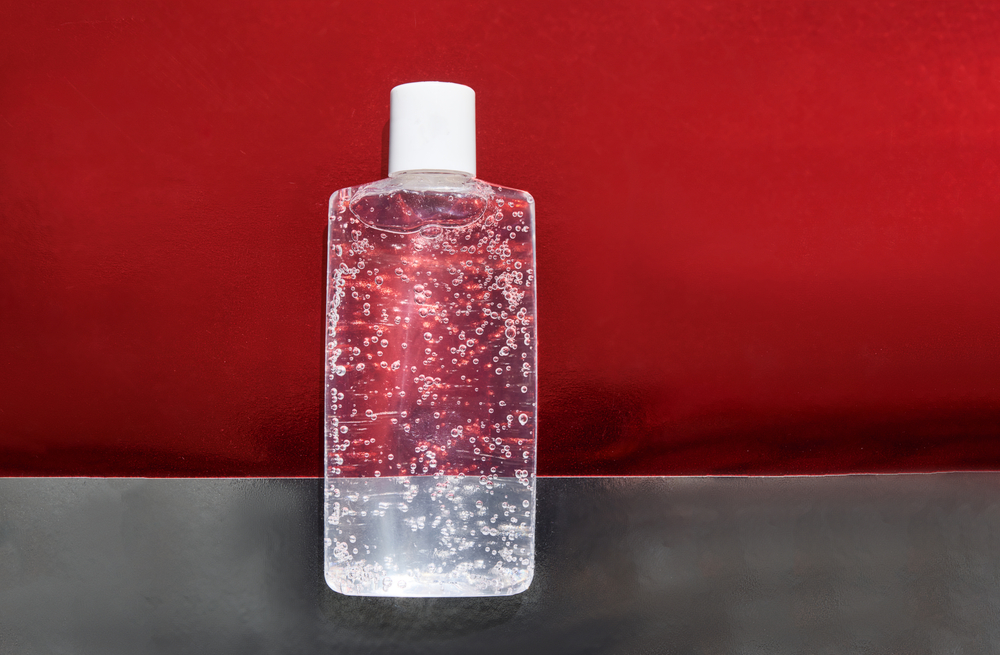
The importance of pH in cosmetics: shampoo and conditioner for coloured hair
Hair or to be more specific its stems have a naturally acidic pH of 3,67. On the other hand, the scalp has a pH of 5,5 (so slightly acidic). And that is what cosmetics for hair care should be, slightly acidic, around pH 5,5 to keep balance and healthy skin of your head. The assumption is that shampoos should have acidic pH. On the other hand, conditioners are mostly neutral or basic. Shampoos for dandruff usually also have basic pH – they are strongly cleansing and most of the hairdressers advise against their use after colouring. Why? Because they open hair cuticles (due to basic pH >7) and as a consequence make the dye wash out quickly. That is why we should look for cosmetics having acidic pH (below 7) – conditioners and shampoos for coloured hair should be like this.
Conditioner for coloured hair. What is the influence of the pH level on hair condition?
Keeping an acidic pH of hair is an important matter because its bad level can cause skin problems: dandruff, dryness, oily hair, allergies and frizzing. Hair conditioners have mostly basic pH (above 7). It is like that because hair cuticles must be open so that active ingredients can penetrate the inner layers of the hair. Unfortunately, via not fully closed cuticles hair is losing its moisture which results in dry, deeply damaged hair that is losing pigment. So if on the packaging you see the information that protection should be kept on hair for 2-3 minutes, you should stick with that, so your hair will not massively swell and cuticles will not open that much. These are the main reasons for washing out of the colour. None of us wants to have frizzy, porous and dry hair, right?
Luckily, on the market, you can find specialized conditioners for coloured hair which take care of good acidification of hair and thus protect its colour. In their composition, you can find the citric acid, lactic acid or glycolic acid.

Conditioner for coloured hair: How to restore balance to your hair? That is, the right pH for colour maintenance
A good solution is slightly acidic rinses which will neutralize previous treatments. Just after washing your hair and rinsing conditioner or mask it is worth preparing a special solution containing 3 litres of water and 2-3 spoons of squeezed lemon juice or vinegar (on average 1 spoon per litre of water) and soak your hair in it for a while. Not only it will give it proper, acidic pH but also it will refresh it and cleanse the scalp from the cosmetics remains, impurities or sebum excess. Additionally, it will protect hair structure from losing colour.
But, you should remember that excess can be harmful and if the acidic rinse is used too often it may give an opposite effect. It will make hair sensitive, frizzy and dry. The suitable pH of rinse is between 4,5 to 5,5. So use vinegar rinse (pH 3) or lemon rinse (pH 2,5) every 2-3 weeks. You can use apple cider vinegar more often because it has a slightly acidic pH – 5,5. 2 spoons will be enough for a litre of water. Other products that you can use are coffee (pH 5), beer (pH 4,5), aloe juice (pH 3,5-5) kefir (pH 4,5) or tea (pH 5,5).